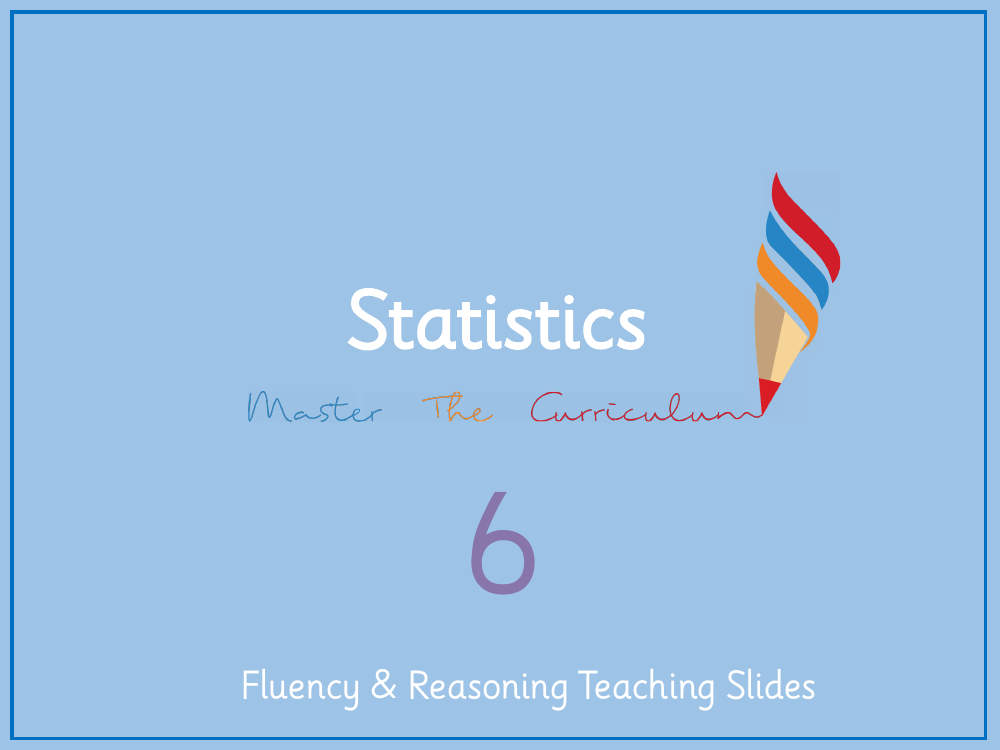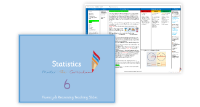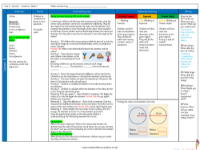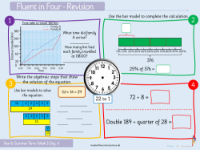Statistics - Circles - Presentation

Maths Resource Description
The lesson plan on circles is designed to engage students in understanding the fundamental properties of circles through a variety of activities. Students begin by identifying and demonstrating the diameter, radius, and circumference using physical shapes on their tables. The lesson continues with a discussion about the relationship between the diameter and the radius, prompting students to label diagrams and identify these elements on different circular objects. The activities focus on applying knowledge of the circle's vocabulary, such as calculating the radius given the diameter and vice versa, using real-world examples like biscuits and pizzas to make the learning relatable.
Further activities challenge students to complete tables by doubling or halving values to switch between radius and diameter, reinforcing the concept that the diameter is twice the length of the radius. Reasoning tasks involve agreeing or disagreeing with statements about the properties of circles, encouraging students to articulate their understanding of the relationship between a circle's radius and diameter. Independent work includes labelling circle features, calculating dimensions from given measurements, and using circle vocabulary to describe and compare classroom objects. These exercises aim to deepen students' comprehension of circles and their ability to apply mathematical reasoning to practical scenarios.



